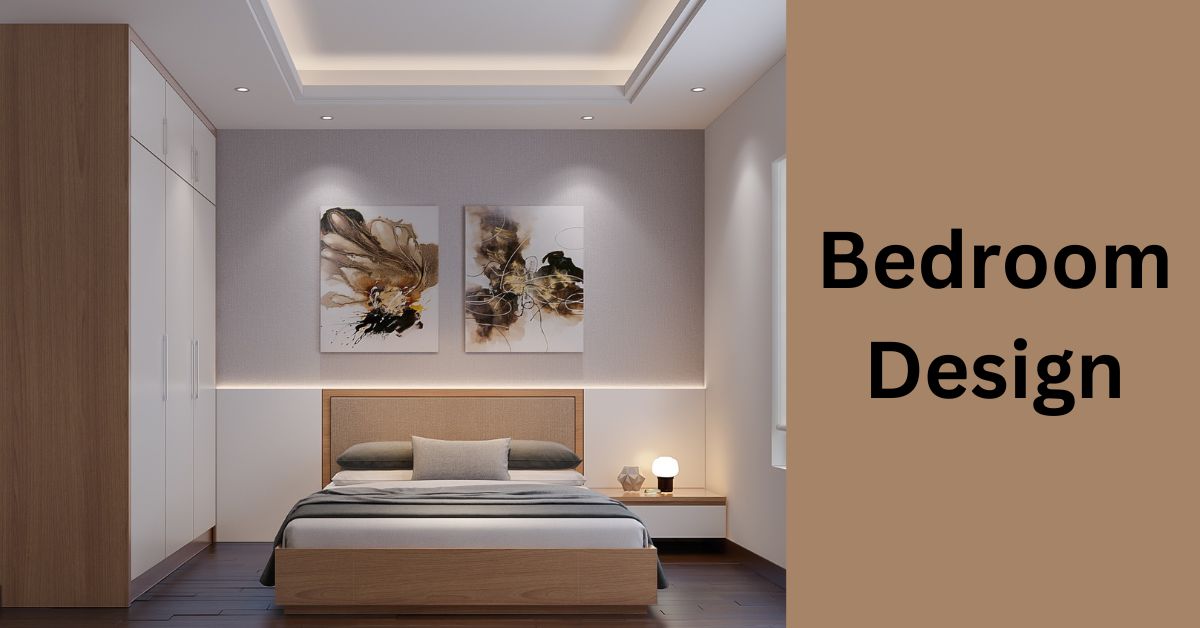Table of Contents
Note: If you came to this post about bedroom design through a random search, please click on this parent page and our home page for more context.
Bedrooms Matter
A remodeling project often overlooks the bedrooms. But bedrooms matter and so do bedroom remodeling ideas.
Kitchens and bathrooms absorb the most money and attention in a remodel project. But there is still the look and feel of the rest of the house to think about too.
We spend a lot of time in the bedroom. It comes to about a third of our lives. It’s where we sleep and relax. And we sometimes work and study there too. So bedrooms should get plenty of attention.
Here are some practical dos, don’ts, and tips for the design and decoration of your bedroom.
The key purpose here is the creation of both functionality and a restful mood.
The use of color and lighting is key.
- Related post: Color in Design
- Related post: Room Color and Mood
- Related post: Interior Lighting
- Related post: Circadian Rhythm Lighting
Bedroom Design & Decoration Do’s
- Plan out space in advance. Place the furniture in order of size, starting with the bed. Try to place the bed opposite the door or opposite the largest wall with no windows.
- Plan for as much storage as possible without crowding the room. Consider decent-sized nightstands; a bench at the foot of the bed with storage under; a headboard with storage or shelves built-in or around it; pull-out drawers under the bed; and built-in cabinetry. A mirrored wardrobe closet can add storage and also help a small bedroom feel larger.
- Plan for somewhere to sit and read or work on a computer or tablet.
- Plan for a TV. Even if you don’t want one in the bedroom yourself, a possible future buyer might expect it. Make sure all wiring is hidden from sight.
- Plan your lighting. Follow the principles of layering.
- Plan to mitigate noise. When laying out the room be mindful of acoustics. Place the bed away from sound from an adjacent bathroom or entertainment room or hallway.
- Plan for symmetry. It’s relaxing. And that is what you want in a bedroom.
- Consider a recessed electric or ethanol fireplace.
Consider lofting beds: This idea may be particularly appropriate for children’s bedrooms. If floor space is limited and the ceiling is high enough, consider lofting the beds to free up the floor space below for storage or perhaps study desks.
Check out this loft bed and desk on Amazon. It’s not just for kids. You can do something like this for your own bedroom too. Many furniture stores carry double (even king and queen-sized) loft bed frames. Lofting a double bed can really add to the floor space in a bedroom.
Contrary note: Feng Shui wants you to have clear space under the bed.
- Related post: Bedroom Feng Shui
- Related post: Fireplaces
Bedroom Design & Decoration Don’ts
- Do not allow the room to become cluttered with stuff. Even if you like
the stuff, clutter is stressful. It annoys and destroys the calm and relaxing mood you want in a bedroom. - Do not Install a matching bedroom set. It’s a bit cheesy. Create interest with contrasting pieces but do not sacrifice symmetry. For example, nightstands should match each other but not the bed. They should just complement the bed.
- Do not cram furniture into the room. It will irritate you visually and hurt the restful mood you are trying to create.
- Related post: Reasons to Declutter
- Related post: Decluttering Tips
Bedroom Design & Decoration Tips
- Make sure there is plenty of circulation space. If you can’t move around freely, it will irritate you physically.
- Go for symmetry (eg matching nightstands and lamps). This avoids overthinking and adds cohesion to the room.
- Pay attention to window treatments. If using drapes or curtains, make sure they have blackout linings sewn into them.
- Make the room an extension of your own personality. Include important personal accessories and photographs. Embrace the whimsical.
- Paint: Bedrooms are for rest so use restful colors. If you like strong bright colors like reds, yellows, and oranges in your other rooms, tone them down for the bedroom. Allow pillows, bedspreads, and artwork to provide splashes of the bright colors you like. Consider a feature wall with a different but complementary color.
- Include a bench at the foot of the bed. It should not be wider than the bed. It’s great as a place to sit and put on shoes, or just chat with an occupant of the bed.
- Choose nightstands proportionate to the size of the bed. Best practice: the top of the nightstand should be within 4” to 6” of the top of the mattress.
- Choose a bed and other furniture that is in proportion to the size of the room. This avoids creating a feeling of claustrophobia.
- Use a large accent rug under the bed. This sets the bed off. And it is good to have at least 24” of the rug on 3 sides of the bed. This helps the effect and does double duty in preventing bare feet from going straight onto a cold floor when you get out of bed.
- Choose furniture that is complementary in style to the furniture in the rest of the home. This provides an overall feeling of cohesion.
- Consider allotting part of your bedroom to a zen zone.
- Related post: Zen Zone






Leave a Reply